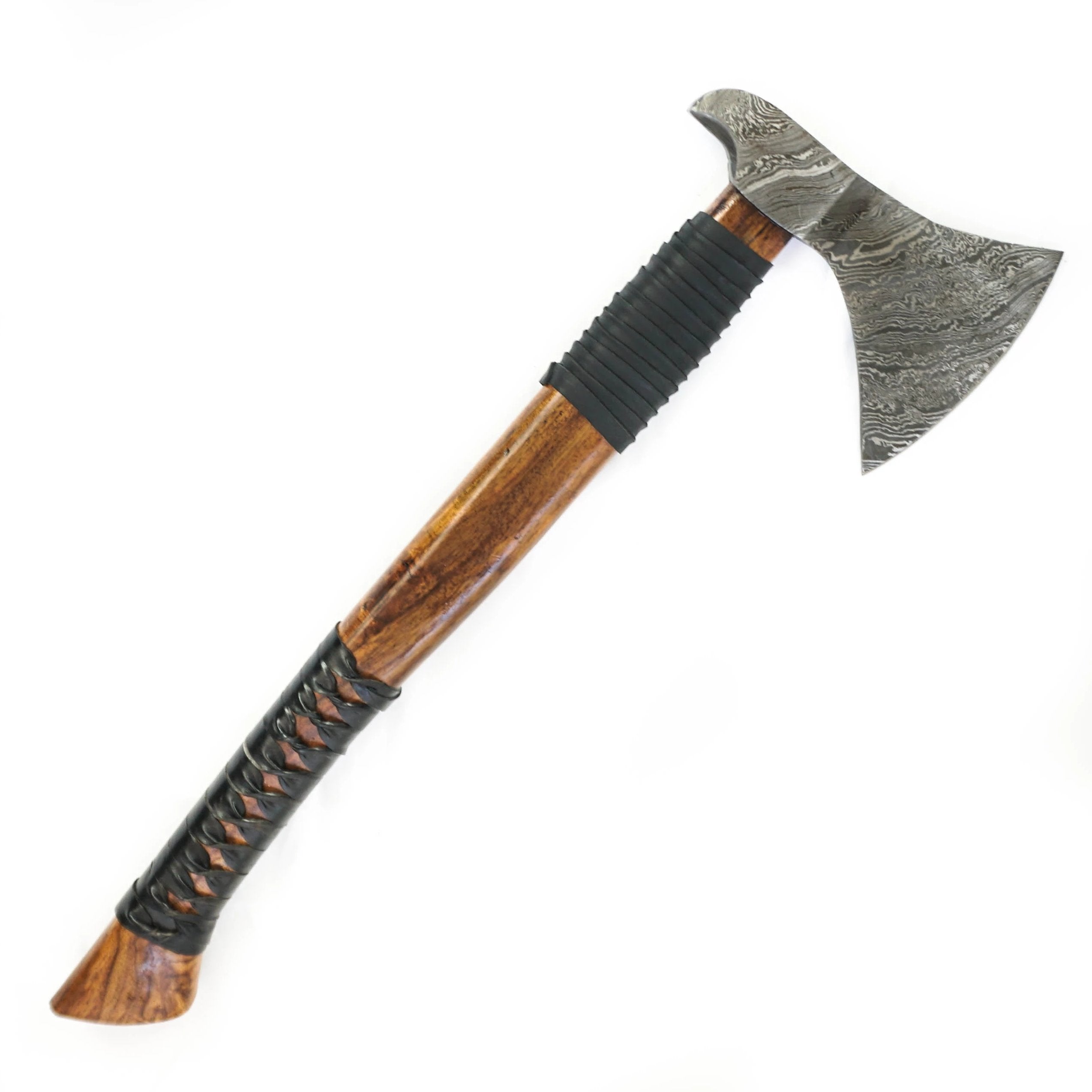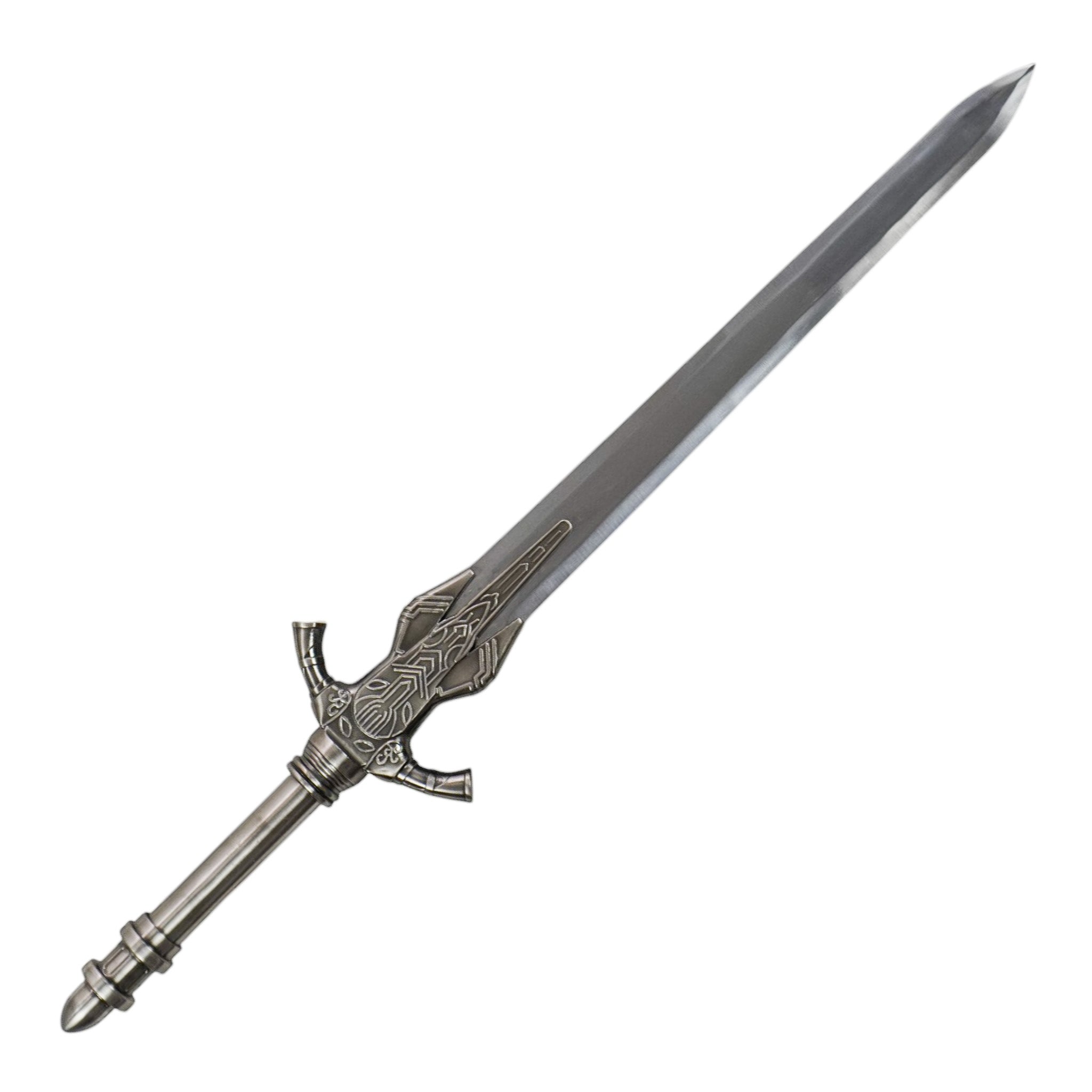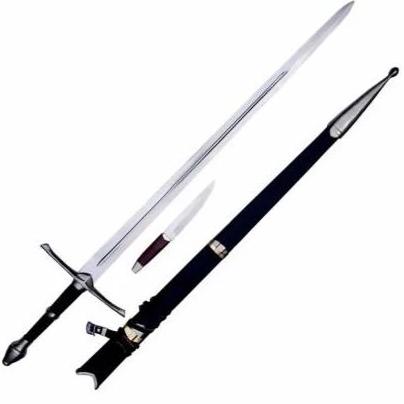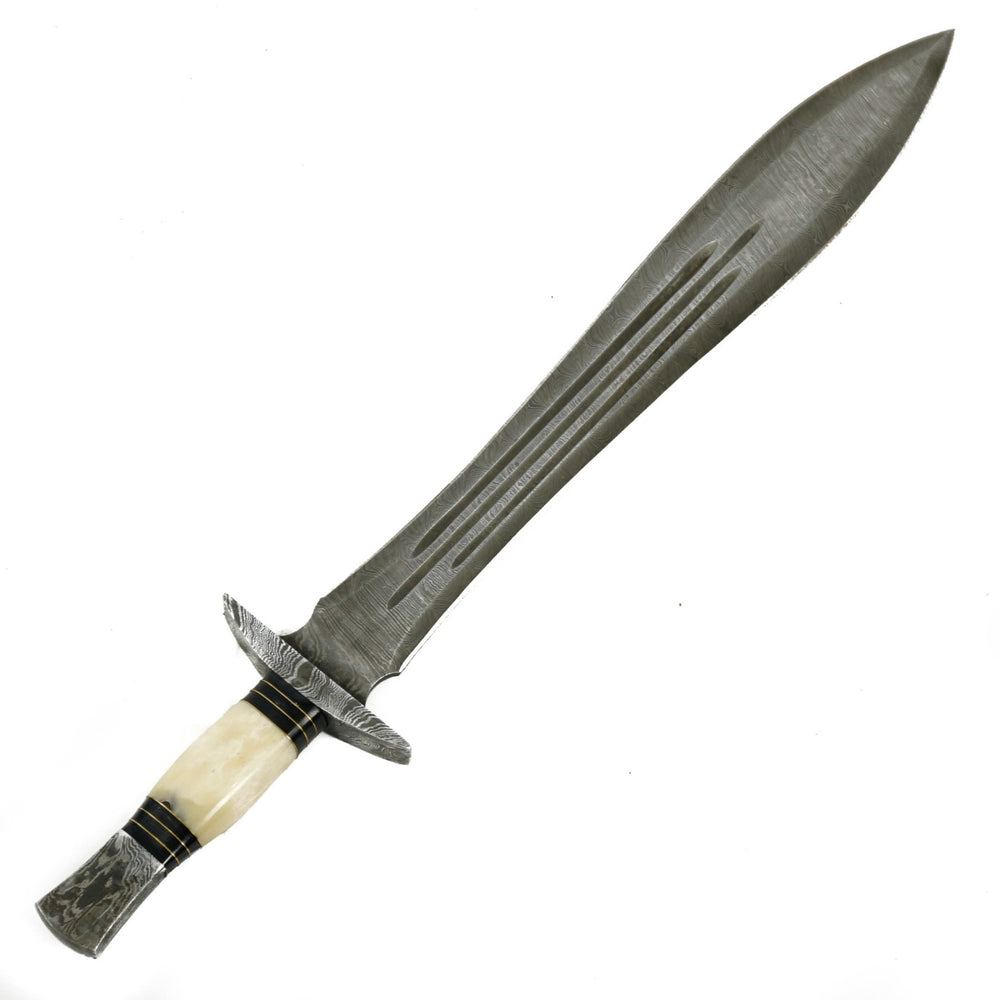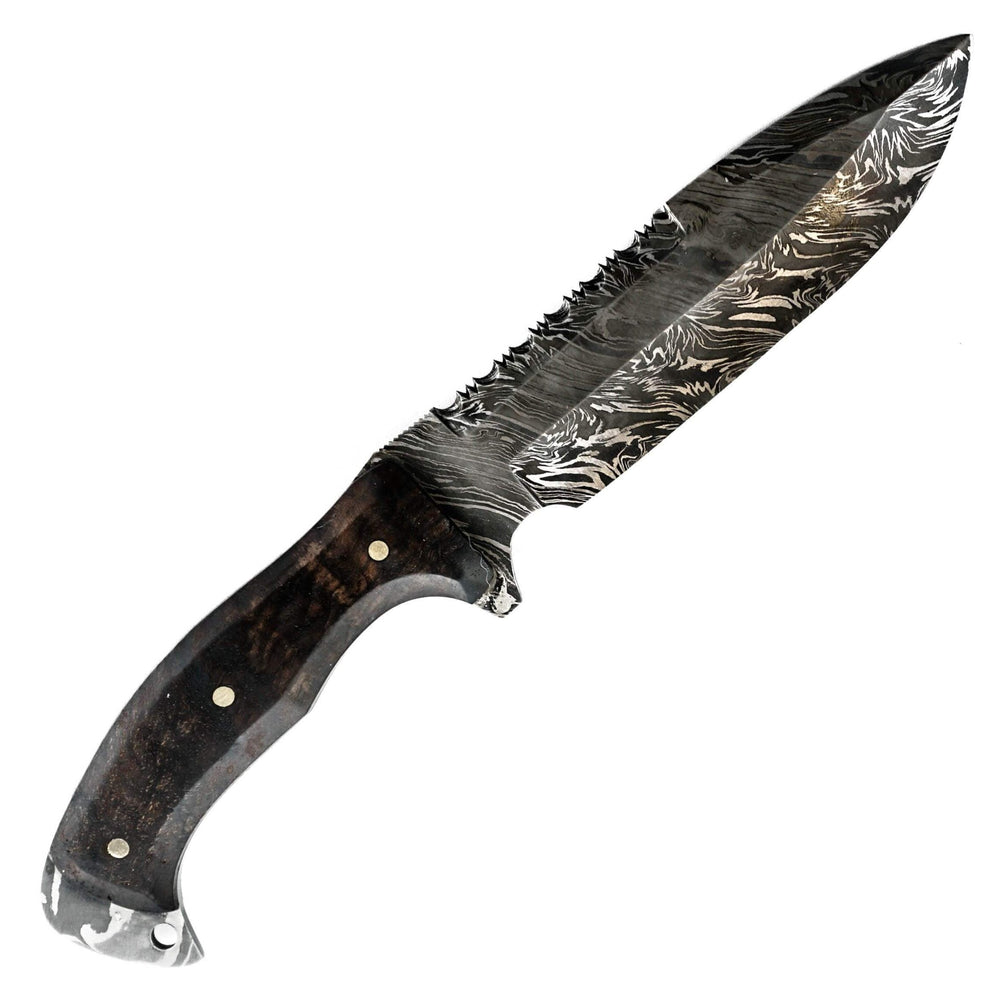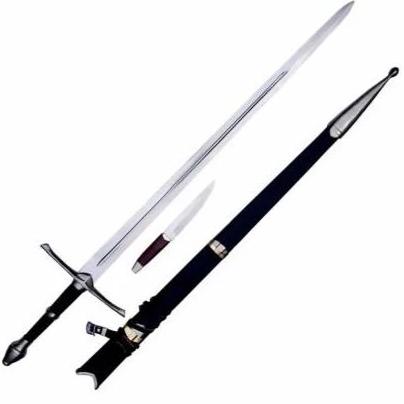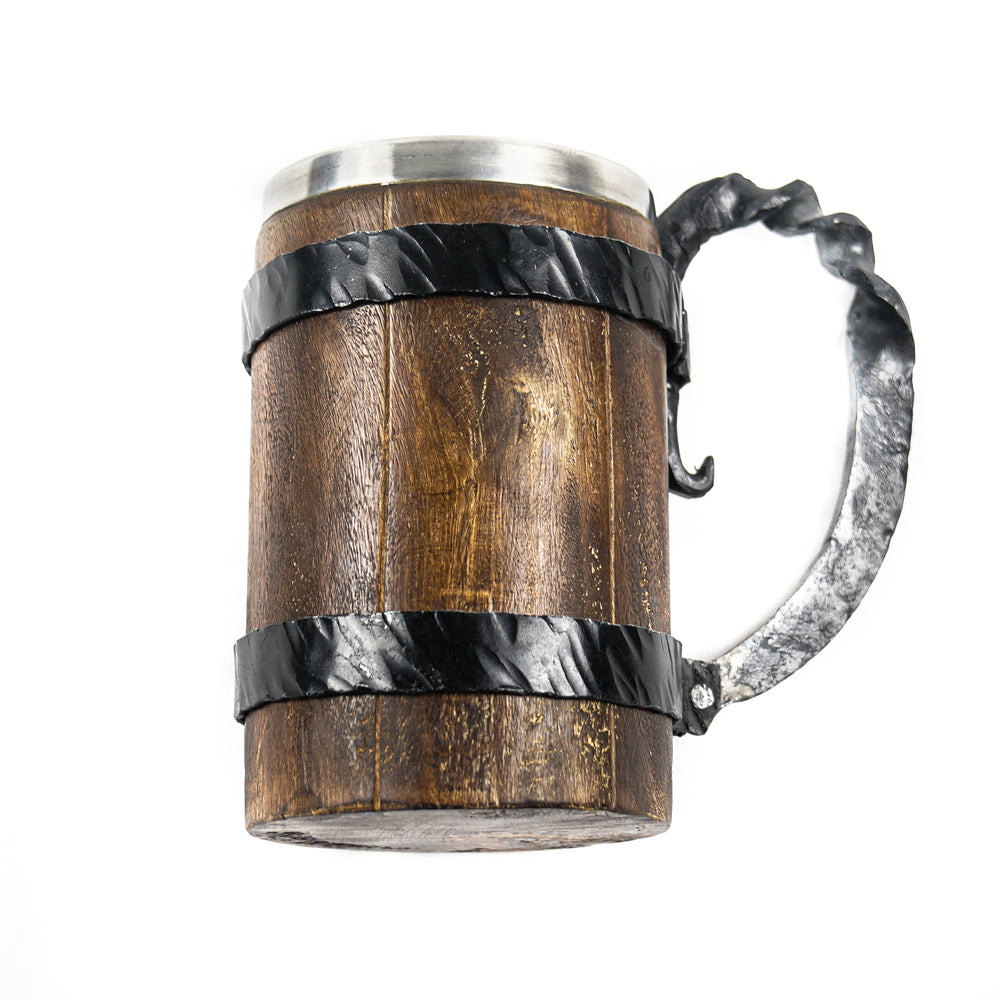The Halberd: A Versatile and Deadly Polearm in Medieval Warfare
Introduction to Polearms
Polearms are a type of close combat weapon that has been used since ancient times. They consist of a fighting part affixed to the end of a long shaft, which extends the user's effective range and striking power. The main advantage of polearms is their versatility, high effectiveness, and low cost.
The use of polearms in warfare dates back to the medieval period, when they were a common sight on the battlefields of Europe and Asia. They were particularly popular among peasants, who could not afford more expensive weapons made for war. The cost of training polearm wielders was also minimal because farmers had spent most of their lives using these items in the fields.
Polearms can be divided into three categories: those designed for extended reach and thrusting tactics, those designed to increase leverage to maximize force to penetrate armor, and those designed for throwing tactics. The versatility of polearms led to the creation of many variants, including bills, picks, spears, glaives, guandaos, pudaos, poleaxes, halberds, harpoons, sovnyas, tridents, naginatas, bardiches, war scythes, and lances.
In this blog, we will focus on one of the most iconic polearms of all time - the halberd. We will explore its design, history, usage, and cost, and compare it to other types of polearms.
Design of the Halberd
The halberd is a type of polearm that was commonly used during the medieval period. It consists of a long shaft with a spear-like blade on one end and an axe-like blade on the other. The halberd also has a hook on the back of the axe blade, which was used for pulling and grappling tactics.
The design of the halberd was intended to maximize leverage and angular force against cavalry. The long shaft allowed soldiers to attack from a safer distance, providing a significant advantage over other weapons that required them to get closer to their enemies. The spear-like blade was used for thrusting attacks, while the axe blade was used for chopping attacks. The hook on the back of the axe blade was used for pulling and grappling tactics, which made the halberd a versatile weapon in any situation.
History of the Halberd
The halberd was first used during the medieval period and quickly became one of the most popular polearms of the time. It was used by foot soldiers on the battlefield, who were typically at a disadvantage against mounted knights. The halberd was specially designed to disable and inflict crushing injuries upon knights, making it a crucial choice for medieval foot-soldiers engaged in close combat.
The use of the halberd continued through the Renaissance period and into the 18th century. During this time, the halberd underwent several design changes to make it more effective on the battlefield. However, with the invention of gunpowder weapons, the use of polearms declined, and the halberd became obsolete as a military weapon.
Usage of the Halberd
The halberd was primarily used by foot soldiers on the battlefield, who used it for both thrusting and chopping attacks. The hook on the back of the axe blade was used for pulling and grappling tactics, which allowed soldiers to control their enemies' movements.
The halberd was also used as a ceremonial weapon by officers and guards. It was often carried by the guards of royal palaces and was a symbol of their authority.
Cost of the Halberd
The halberd was a relatively cheap weapon to produce, making it popular among peasants and foot soldiers who could not afford more expensive weapons. The use of agricultural implements as the basis for polearm designs made them more affordable and readily available, as these tools were already common in everyday life. The cost of training polearm wielders was also minimal because farmers had spent most of their lives using these items in the fields.
The affordability and accessibility of the halberd made it the mainstay of European foot-soldiers on the battlefield. It provided a significant advantage over more expensive weapons, evening the playing field for soldiers who would otherwise be at a disadvantage.
Other Types of Polearms
The halberd is just one of many types of polearms that have been used throughout history. Other types of polearms include:
- Bills: A type of polearm with a hooked blade on the end, similar to the halberd.
- Spears: A long, straight polearm with a pointed blade on the end, designed for thrusting attacks.
- Glaives: A type of polearm with a curved blade on the end, designed for chopping attacks.
- Guandaos: A Chinese polearm with a long, curved blade on the end, designed for chopping attacks.
- Pudaos: A Chinese polearm with a straight blade on the end, designed for thrusting attacks.
- Poleaxes: A type of polearm with an axe blade on the end, designed for chopping attacks.
- Harpoons: A type of polearm with a barbed blade on the end, designed for catching fish and other sea creatures.
- Sovnyas: A Russian polearm with a curved blade on the end, designed for chopping attacks.
- Tridents: A type of polearm with three pointed blades on the end, designed for thrusting attacks.
- Naginatas: A Japanese polearm with a curved blade on the end, designed for chopping attacks.
- Bardiches: A type of polearm with a curved blade on the end, similar to the glaive.
- War scythes: A type of polearm with a curved blade on the end, similar to the bardiche.
- Lances: A type of polearm with a long, pointed blade on the end, designed for charging attacks.
Each of these polearms has its own unique design and purpose, making them useful in different situations on the battlefield.
Conclusion
The halberd is a powerful and versatile weapon that has played a significant role in the history of warfare. Its unique design, affordability, and effectiveness made it the favored weapon of peasants and foot soldiers on the battlefield. The halberd's hook allowed for pulling and grappling tactics, providing soldiers with an advantage in close combat situations.
While the use of polearms has declined in modern warfare, they remain an essential part of history and a testament to the ingenuity of ancient weapon makers. The halberd, along with other polearms, will always be remembered as a symbol of the bravery and strength of the soldiers who wielded them on the battlefield.

